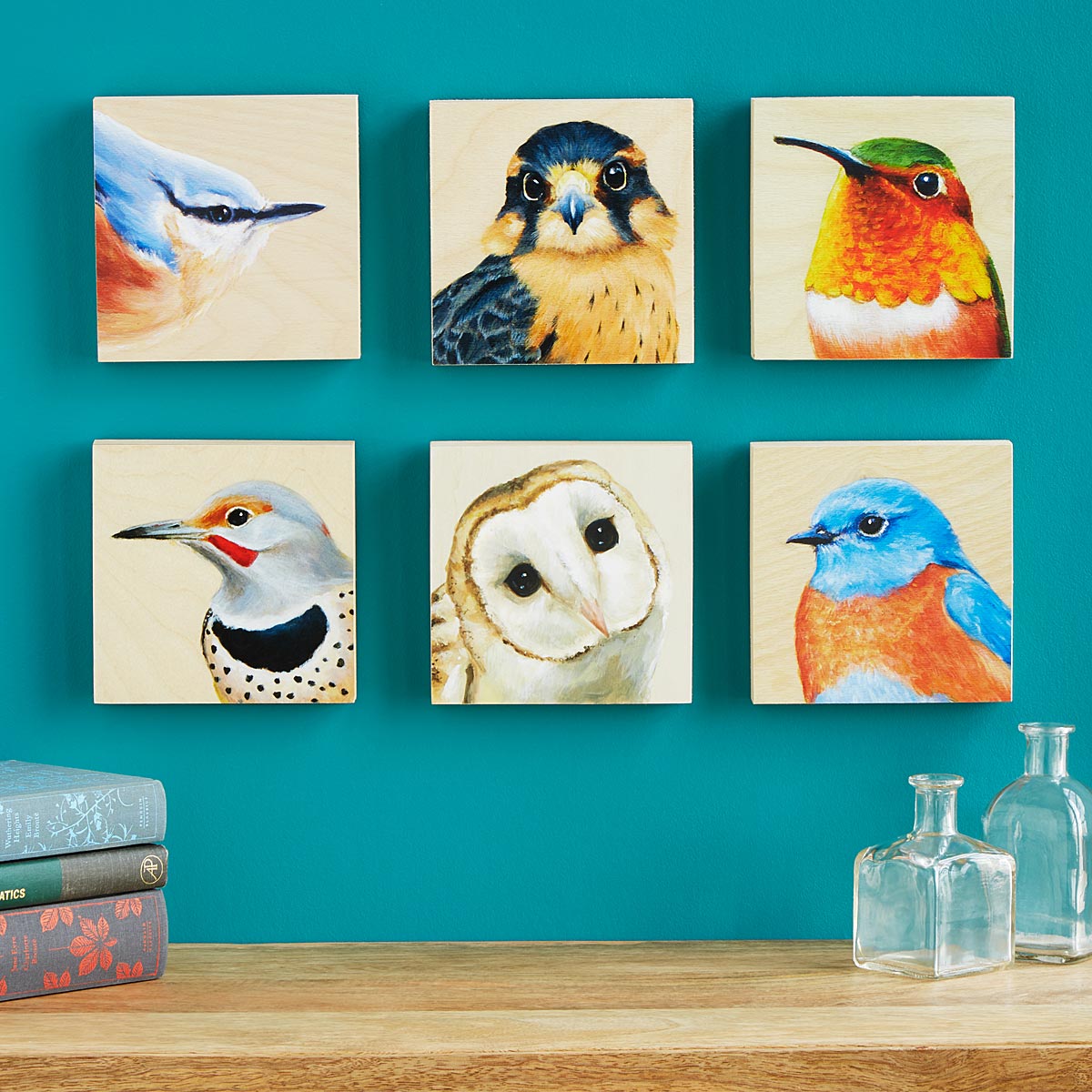
Bird Art Portrait | UncommonGoods
Mother’s Day is rapidly approaching, and here at UncommonGoods, we’d like to give a toast to all moms—not just the moms we know. In fact, we’re not even confining our celebration to the human moms out there this year. We’ve taken a deep dive into the internet underground in search of the animal kingdom’s most dedicated mamas, and today, we’re raising a glass to their efforts to bring up their young in some of nature’s toughest conditions. Read on for our favorites—plus, fuzzy babies below!
The Weddell Seal
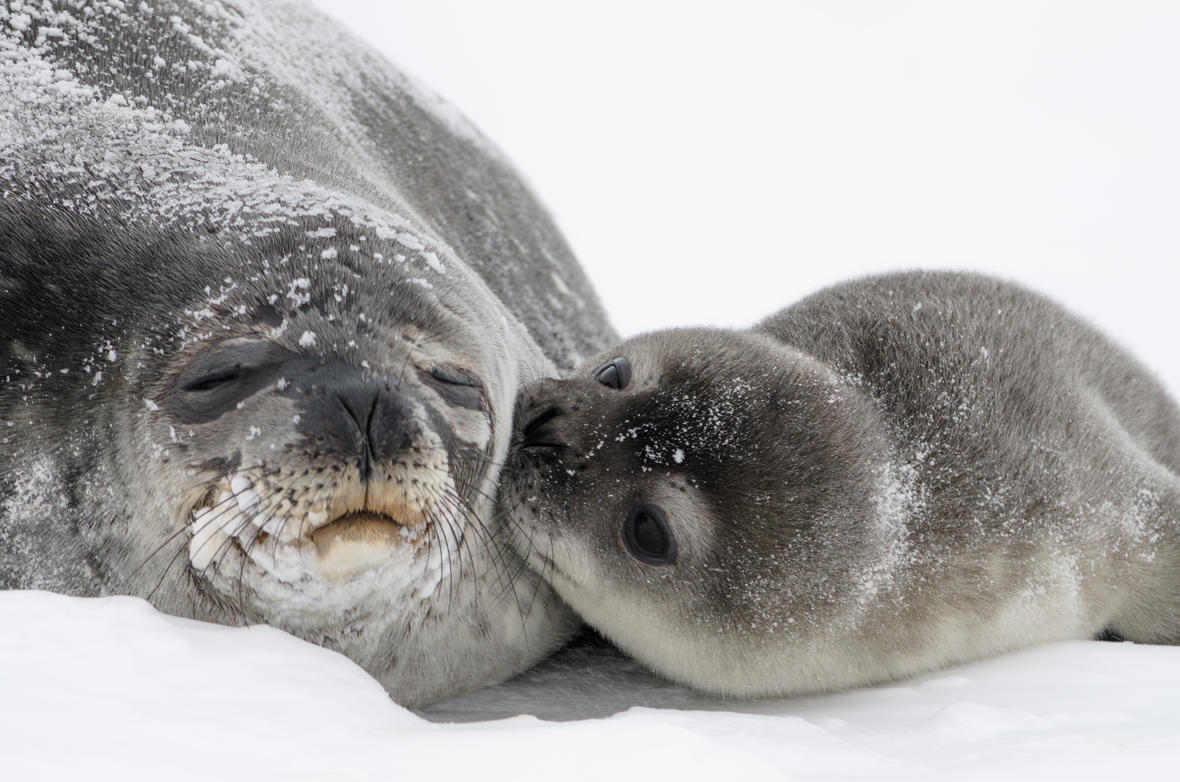
A Weddell seal mom and baby share a smooch | Image by William A Link, USGS
Weddell seals are remarkable animals. Natives of Antarctica, they spend much of their time swimming around beneath sheets of ice, sometimes diving as far as 2,000 feet below the surface and staying there for up to 45 minutes at a time.
Weddell seal moms are even more remarkable. Each year, they raise a pup of their own following an 11-month pregnancy (yikes), and they do it all by themselves. When their pups are only two weeks old, these roly-poly mamas teach them to swim for the first time, providing invaluable instruction on how best to navigate the frigid Antarctic waters they inhabit. Other important lessons: how to keep air holes in the ice from freezing over; how to punch new holes into ice sheets using only their teeth. (Hey, seals don’t have hands.)
Eventually, of course, these pups need to fend for themselves… no matter how much they fuss. But at least that fussing makes for cute videos, right?
The African Elephant
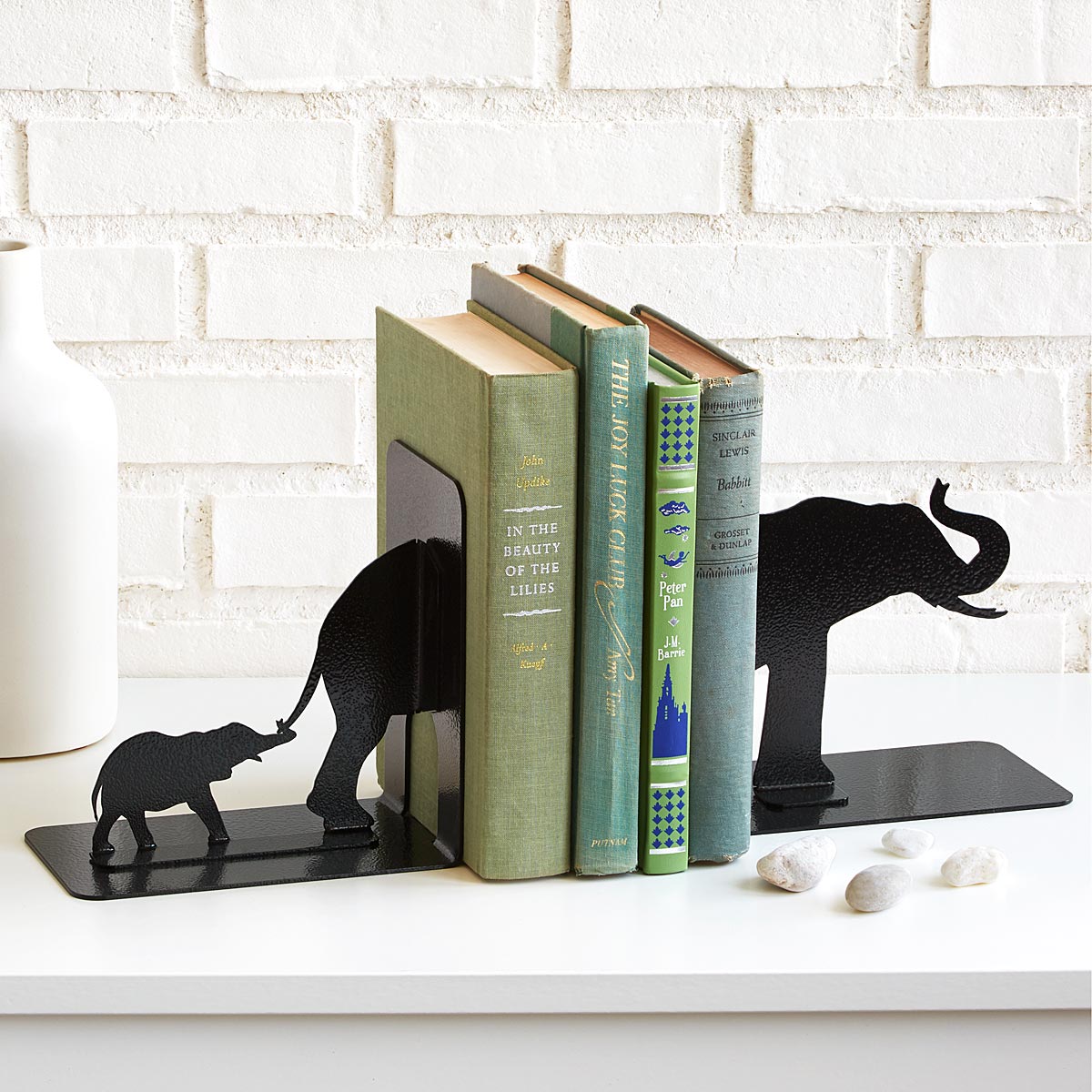
Elephant Family Bookends | UncommonGoods
Unlike Weddell seals, African elephants are anything but solitary mothers—and if you thought an 11-month pregnancy was long, think again. These large ladies gestate for a whopping 22 months, and they nurse their calves for 4 to 6 years. But they don’t head off into the sunset after that.
On the contrary, baby elephants stick with their mothers for up to 16 years, almost like we humans do, and they’re raised in close, matriarchal groups, so Mom doesn’t need to do the hard stuff all on her own. This phenomenon, sometimes called “allmothering,” ensures that Mama’s brood steps in when the going gets tough, giving her a much-needed break.
Sometimes, in a melancholy twist, other groups of females will capture baby elephants. But don’t get too worried: often, a baby’s herd will group together to intimidate the abductors and bring her home safe and sound.
The Emperor Penguin
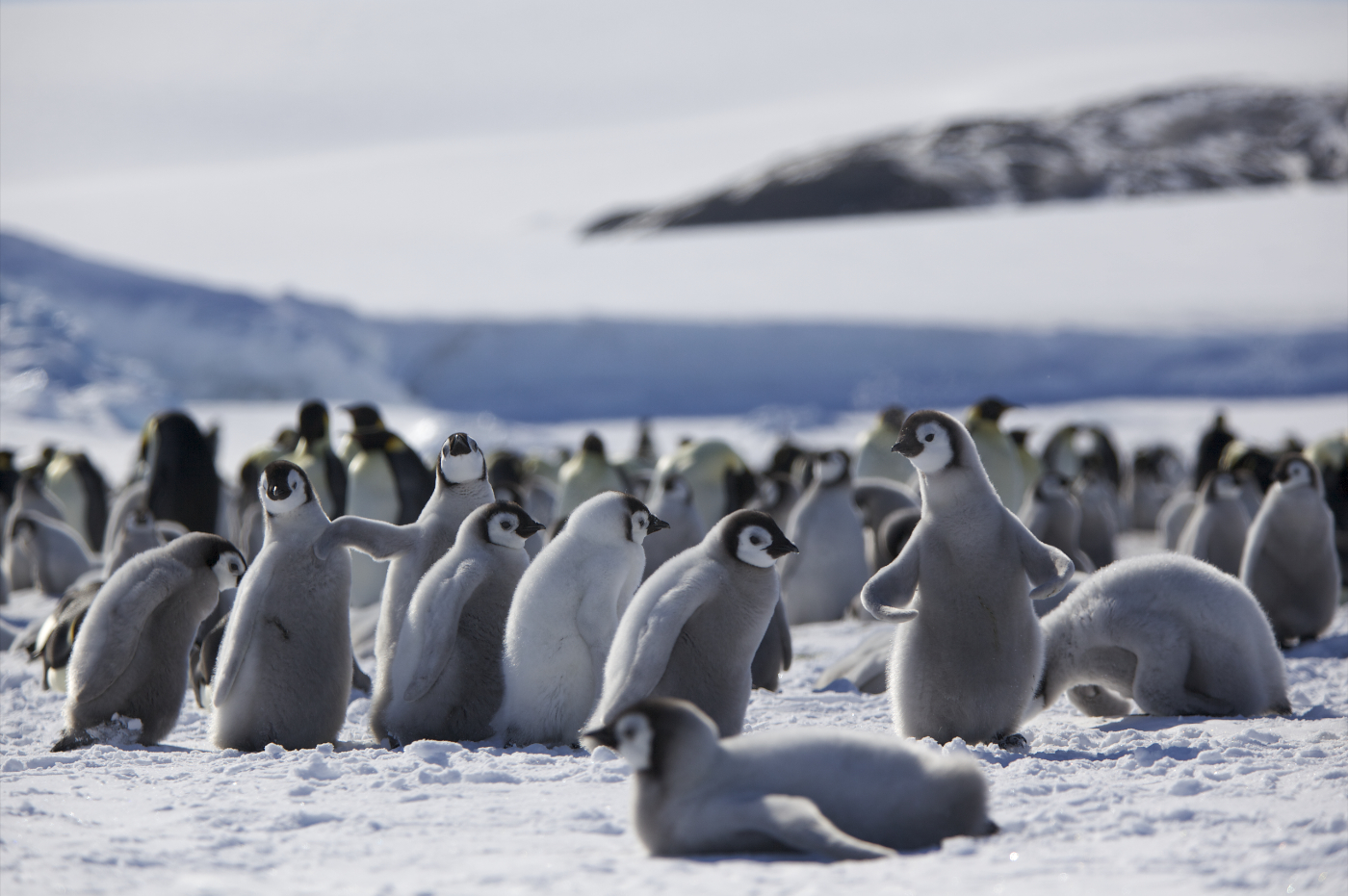
Young emperor penguins play in the snow | Image by Ian Duffy
We’ve all seen March of the Penguins, right? We know these sweet, flightless birds can walk, but surprise: they don’t do it just to find a mate.
Once a penguin mom lays her lone yearly egg, she leaves it in the care of its proud papa and trudges up to 50 miles in search of food. (Don’t forget: that’s 50 miles in the Antarctic, a trip that can take up to two months. Impressive.) When fishing’s done, she makes her way back, and by the time her journey’s over, the wee one has hatched.
Like any good mom, she regurgitates the fish, squid, and krill she’s stored to feed her new chick, who she then keeps warm in the shelter of her own brood pouch (a bit like a kangaroo’s). Conditions in mating season and beyond are so tough, a newborn baby penguin could die on the ice in only minutes, so Mama’s warmth is especially important. Go Mama!
The Great Horned Owl
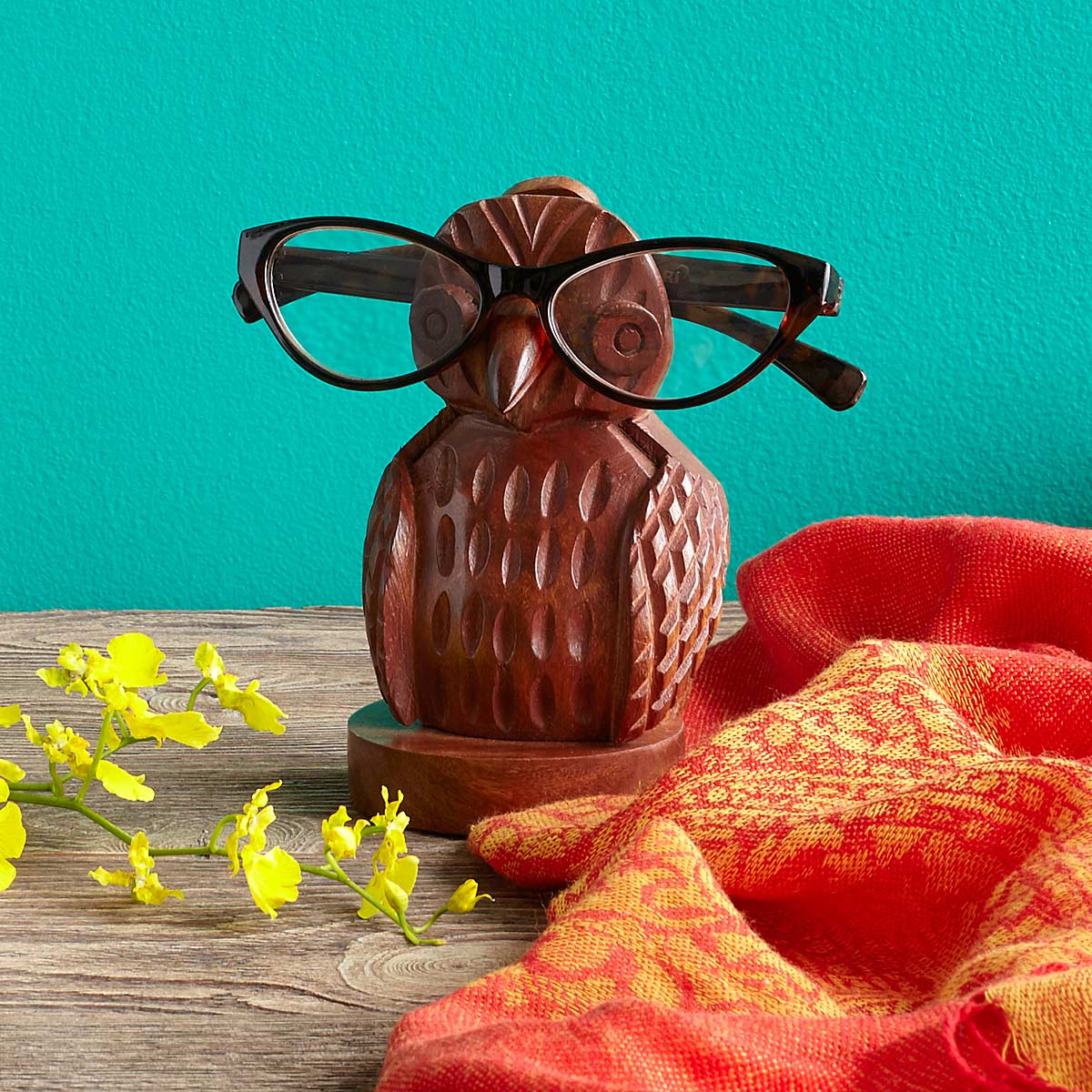
Owl Eyeglasses Holder | UncommonGoods
Biological moms aren’t the only moms that matter. Foster and adoptive moms deserve all the props in the world, too! But did you know that foster mothers exist in species other than humans?
That’s right: At a wildlife rehabilitation organization in Arizona, orphaned great horned owls are taken in by resident foster mothers. Because these owls don’t mate with their male counterparts, they lay infertile eggs, sorta like the ones we eat. When motherless owlets turn up, rescuers remove these eggs and sub the babies in. These feathered mamas then accept them as their own, teaching them how to fly, catch mice, and communicate using appropriate hoots—all skills that will help them survive in the wild.
Why is it so important that abandoned owlets learn these skills from another owl? We’re glad you asked. Like many birds of prey, owls imprint on whoever raises them. This basically means that owls don’t know they’re owls ’til they’re raised by one—and if they’re raised by humans, they might never realize they’re birds at all. Just like your mom did, these foster mothers make sure their babies are ready to leave the nest safely. (No pun intended.)
The Sea Otter
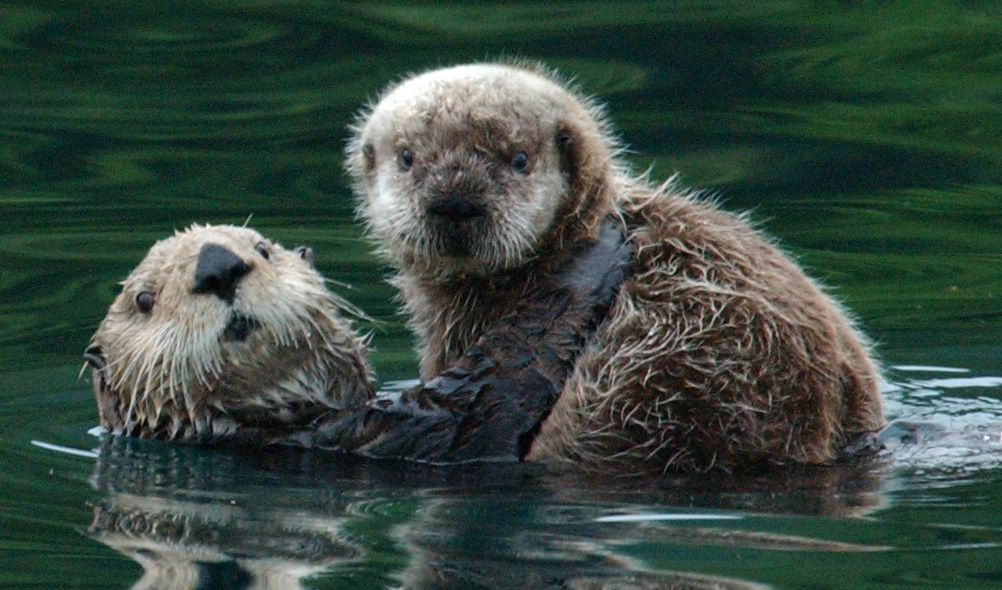
An otter pup swims with its mom | Image via USFWS
Sea otters (or, as I like to call them, “water dogs”) are undeniably cute, whatever their age. That’s not surprising, especially considering their fur is the thickest of any mammal’s. But caring for cute ain’t always easy, and it might give you pause to learn just how hard these mamas work.
Here’s one important thing to remember: Unlike many other aquatic mammals, sea otters don’t sport a layer of blubber. That means they have to put in extra work (read: eat a lot) to stay warm, even though having thick fur helps. Otter moms spend about six months of every year raising a pup, and that means they need to nurse, not to mention forage for two. If they aren’t successful, they risk abandoning their kiddo or suffering “an impossible >100% reduction in body mass and certain mortality,” according to researchers at California’s Monterey Bay Aquarium. That’s science speak for “full-body weight loss and death.”
As far as thick fur goes, it, too, can be a burden. As soon as her baby’s born, an otter mom needs to make sure he’s properly groomed in order to keep him “warm, dry, and afloat.” No grooming? No joy. A mother’s work is never done, it seems.
The Giant Pacific Octopus
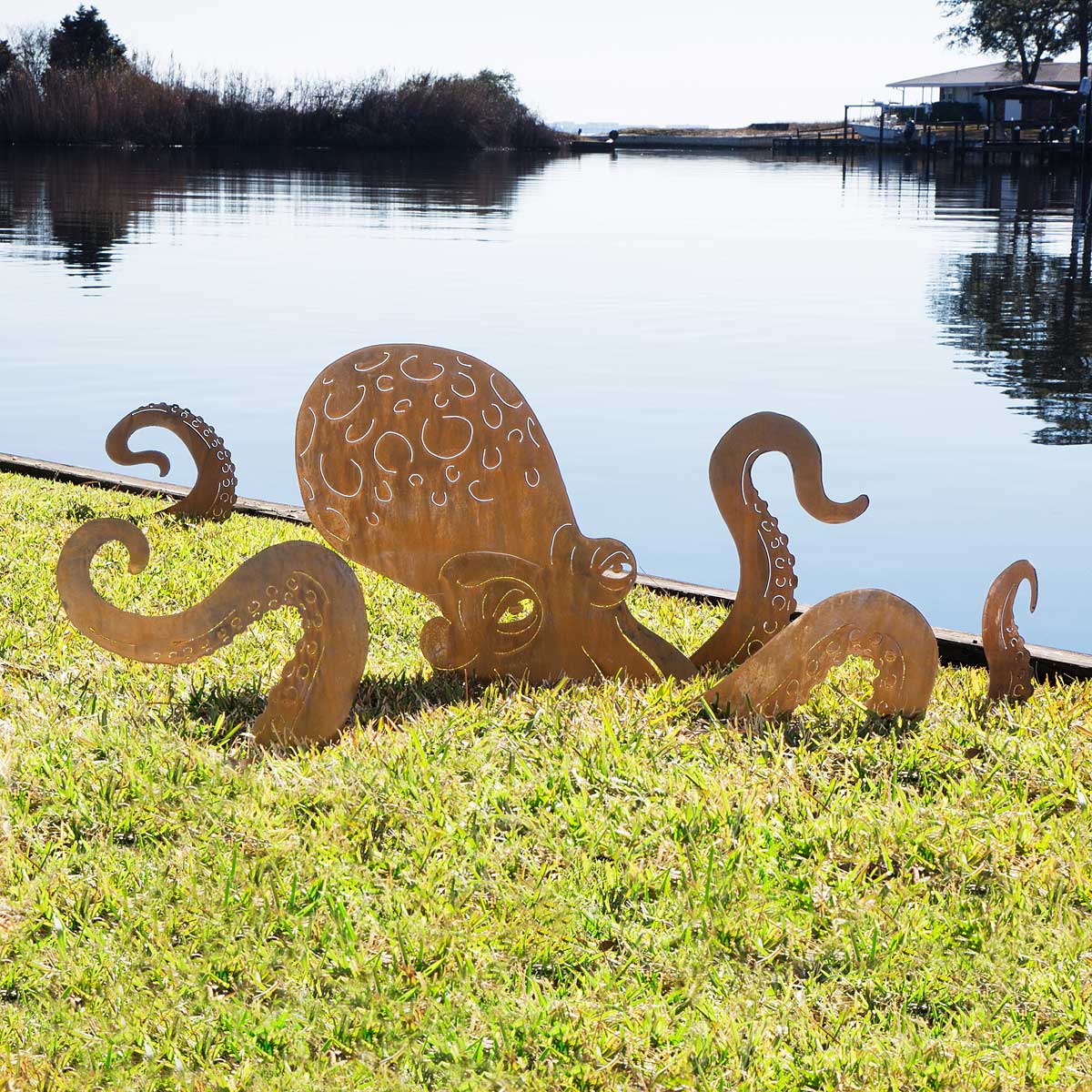
Octopus Garden Sculpture | UncommonGoods
Are you ready for another slightly tragic tale of motherhood? Buckle up, gentle readers, and prepare to hear tell of one underwater mom’s deathly dedication.
All octopi are a little bit different, but today we’ll be talking about Enteroctopus dofleini, otherwise known as the giant Pacific octopus. Egg laying is a once-in-a-lifetime event for these tentacled ladies, and when they do it, they do it big. (We’re talking 10,000-70,000 eggs at once, all in string form.) These octomoms abandon all other tasks—including hunting and feeding—to stay by their eggs’ side, aerating and cleaning them to ensure they hatch. In reasonable climes, this “aerating and cleaning” phase takes roughly 160 days, or five months. In cold waters? Try up to 10 months. It’s no surprise, then, that once the eggs hatch, these dedicated mothers die, typically due to starvation. Their wee offspring, meanwhile, take off into the ocean to care for themselves… and do it all over again. It’s the circle of life.
If you need a palate cleanser (and you probably do), check out this super cute video of a baby Caribbean reef octopus hatching and changing color!
The Cheetah
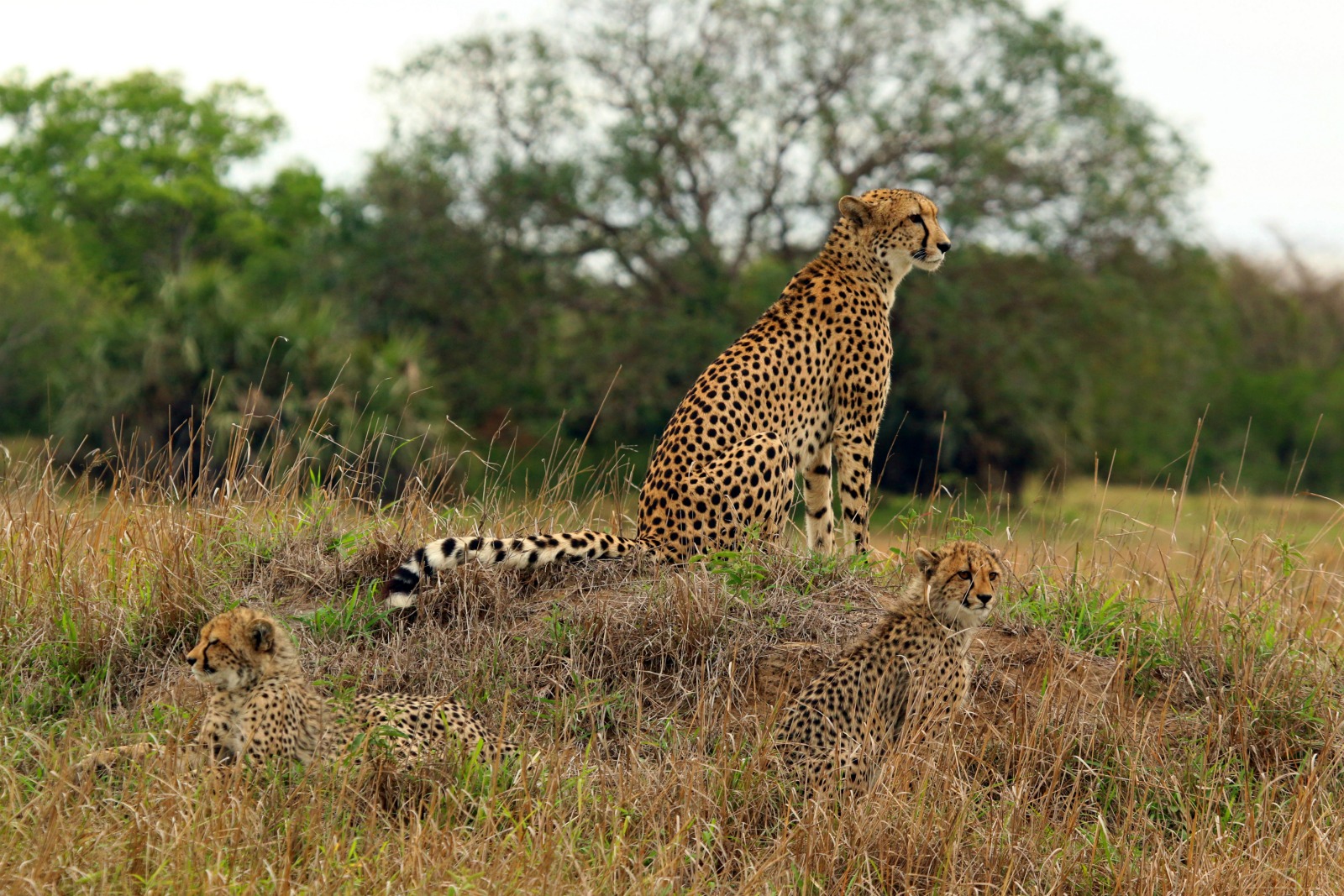
A cheetah mom sits with her cubs | Image by Charles James Sharp
A little like our African elephant friends, Cheetah moms spend years raising their cubs. Unlike African elephants, however, these big cats raise anywhere between two and eight cubs at one time… and they do it all by themselves, just like Weddell seals.
Cheetah cubs are born blind and with no survival skills, so—as with Weddell seals—it’s Mom’s job to teach them all that good stuff: how to hunt, avoid predators, and more. While the cubs are young, they’re especially vulnerable to lions and hyenas, their biggest natural threats, and Mom moves them every few days to ensure they’re as safe as can possibly be. (Some cheetah mothers have even been known to move stillborn cubs to avoid detection from predators, albeit in captivity.)
After 12-18 months with Mom, cheetah cubs are typically ready to say goodbye, though siblings still stick together for a while, until they’re nearly two years of age. Whence, perhaps, the Cheetah Girls.
The Polar Bear
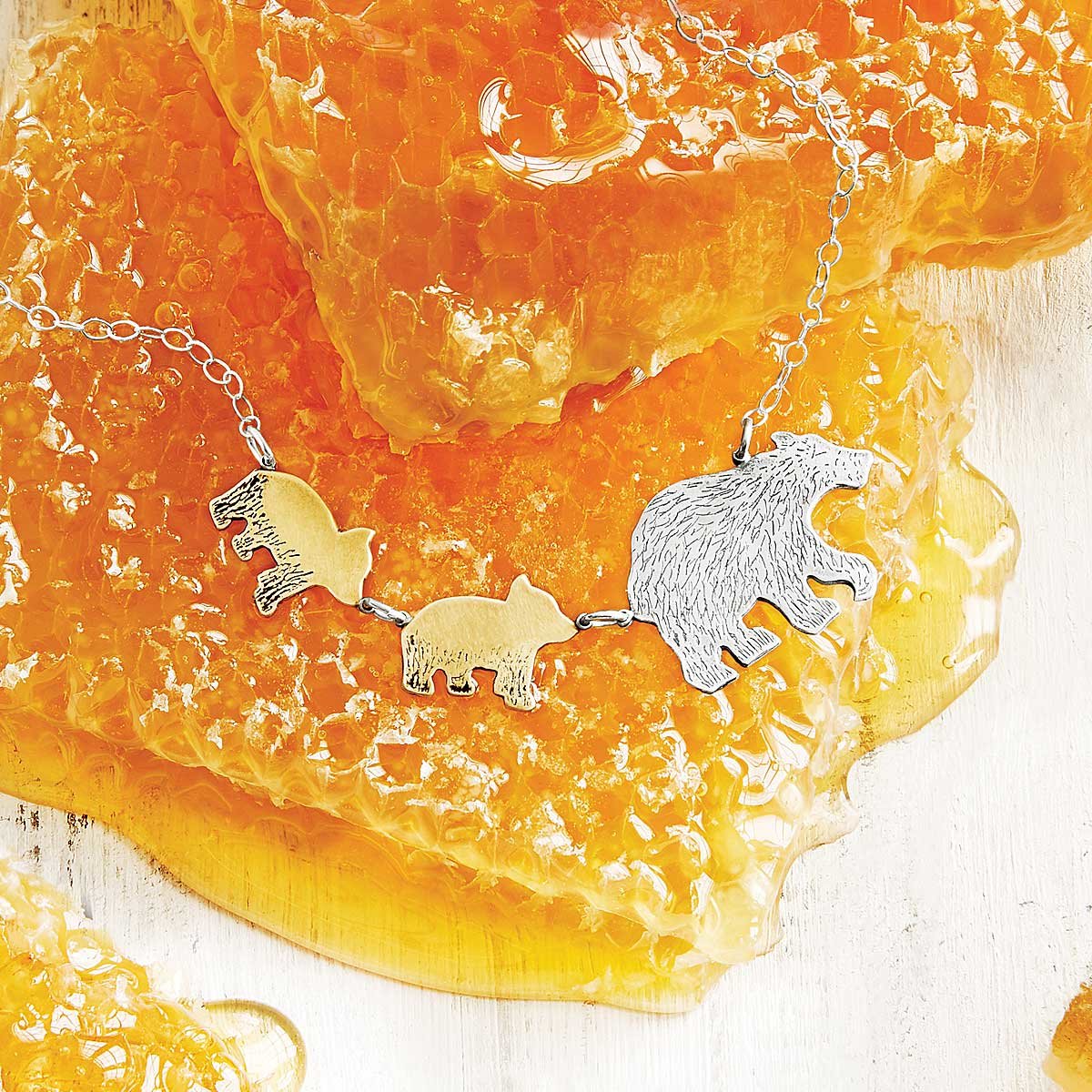
Mama Bear Necklaces | UncommonGoods
Our final star parent is none other than the polar bear. Like many of the furry friends we’ve already discussed, these gals are single moms, and they raise their cubs in conditions that would terrify most human mothers. Time to face your fears!
So, the first scary thing? How cold it is—somewhere around -40ºF—when Mom’s initially raising them. Scary thing no. 2? The way they escape that cold—in a den that Mom digs (here’s the scary part) all by her lonesome. While the whole family rides out the chill, Mom fasts, nursing her cubs for months while eating literally nothing. (Not even a snack. That’s scary thing no. 3.) Once it gets warm enough to leave the den, Mom gives her kiddos a couple of weeks to acclimate to the out of doors, then takes them on a journey to the sea ice, where her first act is, understandably, to track down some food and teach her babies how to hunt grade A seals. They must be very, very quiet throughout the process, as they learn by watching.
Polar bear cubs—most often born in sets of two—will stick by their mother’s side for roughly two years, until they’re old enough to hunt and survive on their own in the unforgiving Arctic. And of course, they owe it all to mama. Cheers to that.
Bonus Bad Mom: The Quokka
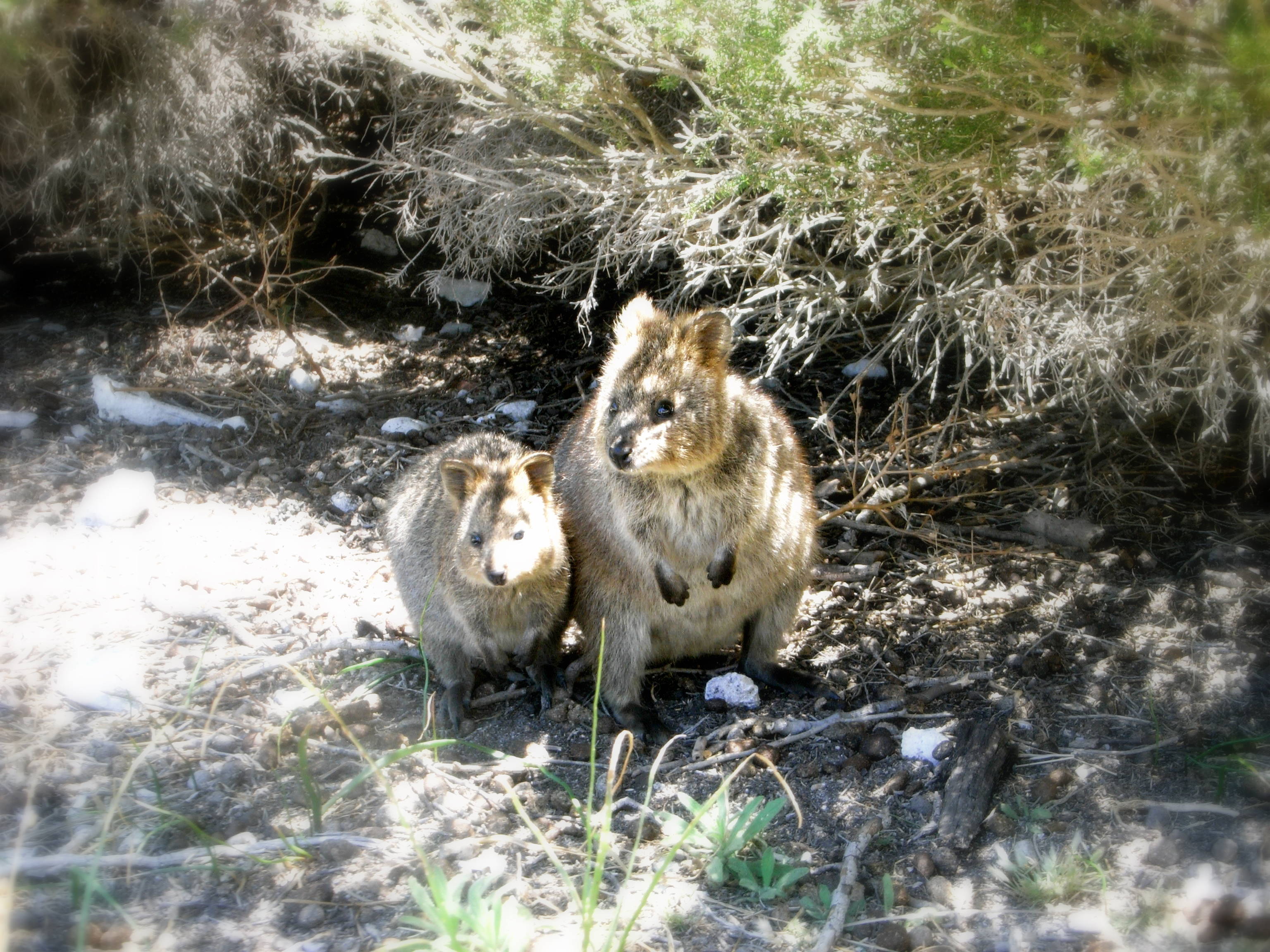
A quokka mom and baby | Image by Thomas Giuretis
We wanted to be able to say something nice about the quokka, a favorite marsupial around here, but it turns out they make nasty moms. Just take it from Mental Floss:
You heard it here, folks. Now have a happy Mother’s Day!
Feeling inspired? Make Mom a card (with our help) »

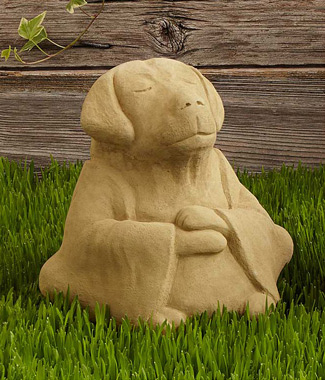
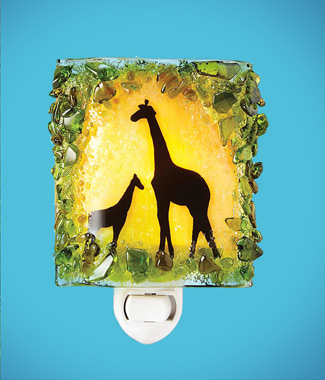
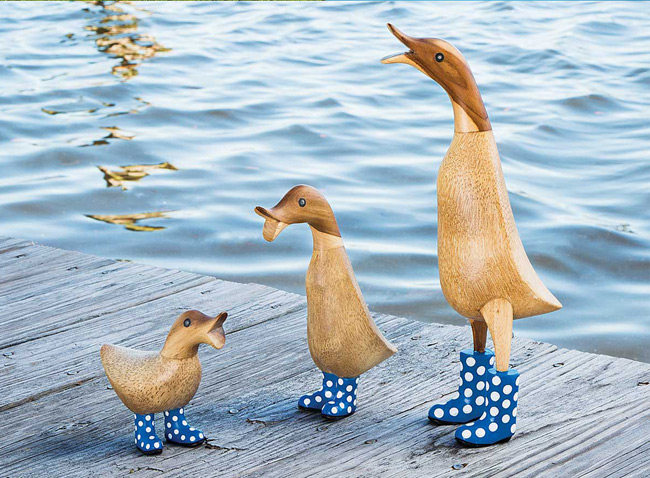
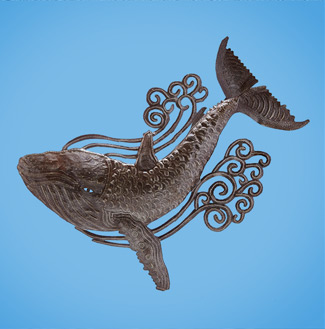
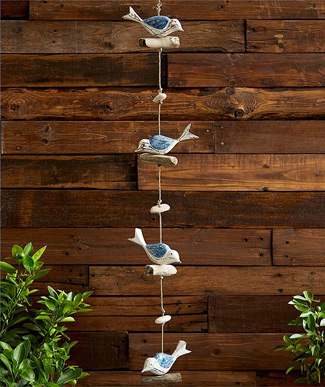
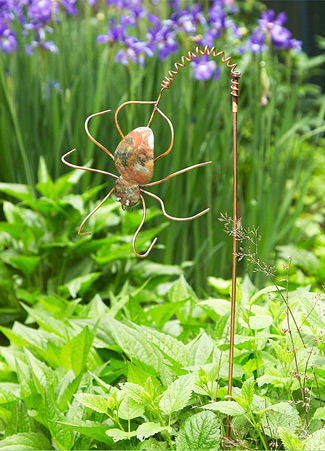
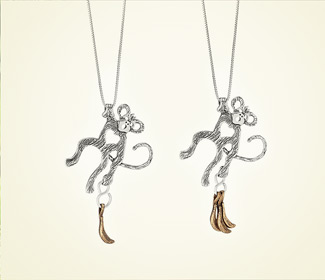
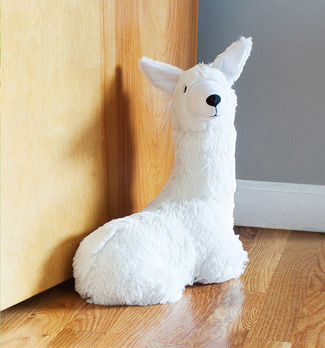
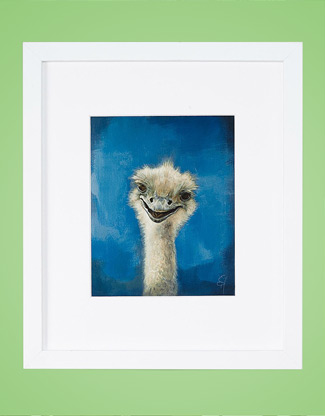
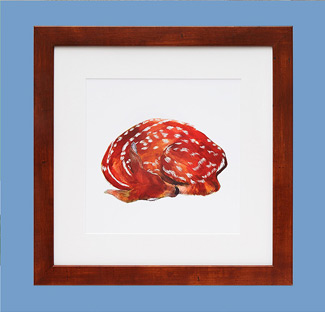
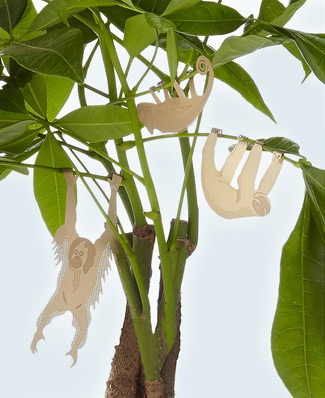
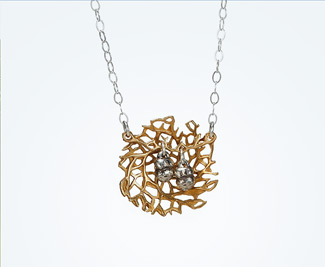
1 Comment
Hey Hadley, This is such and amazing post, loved it.